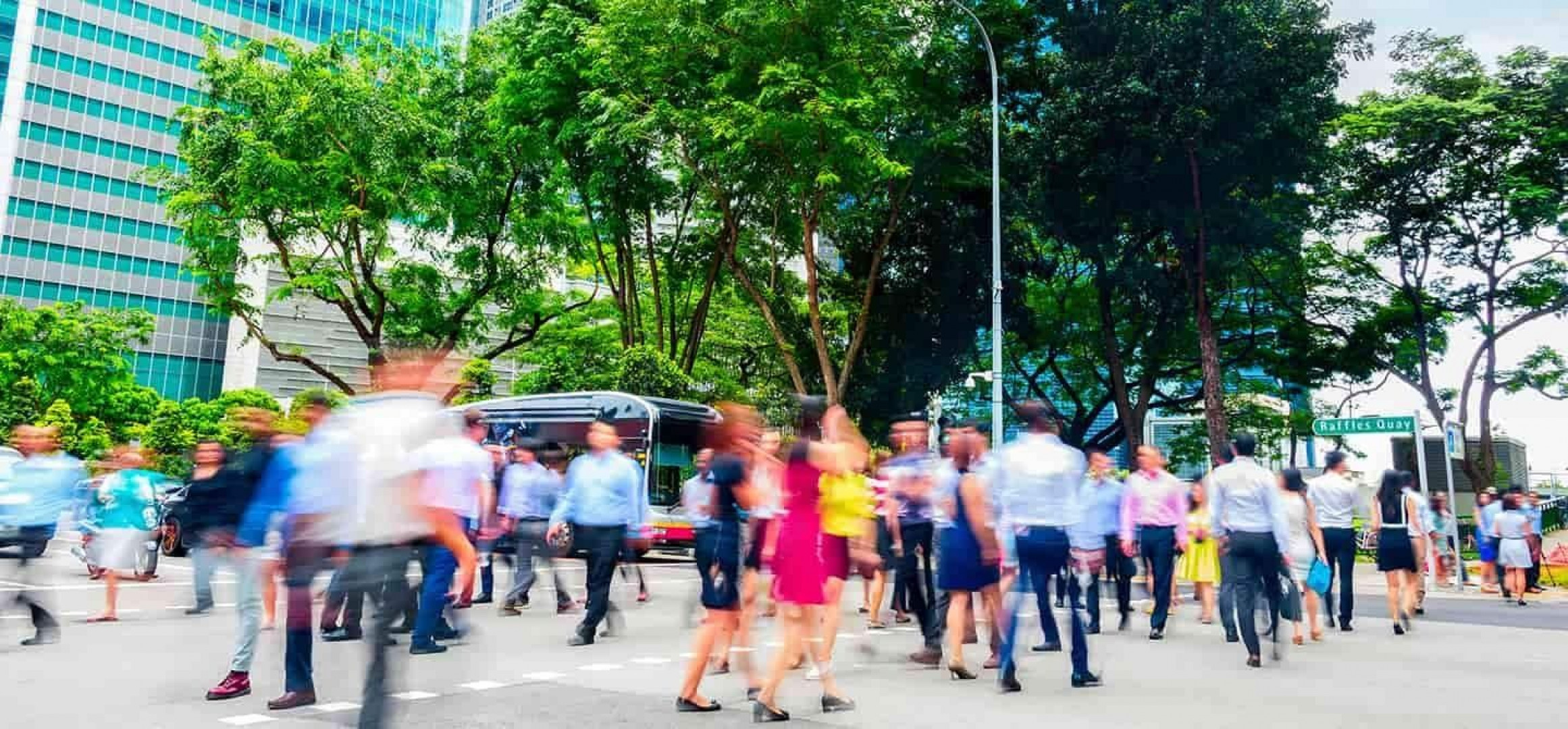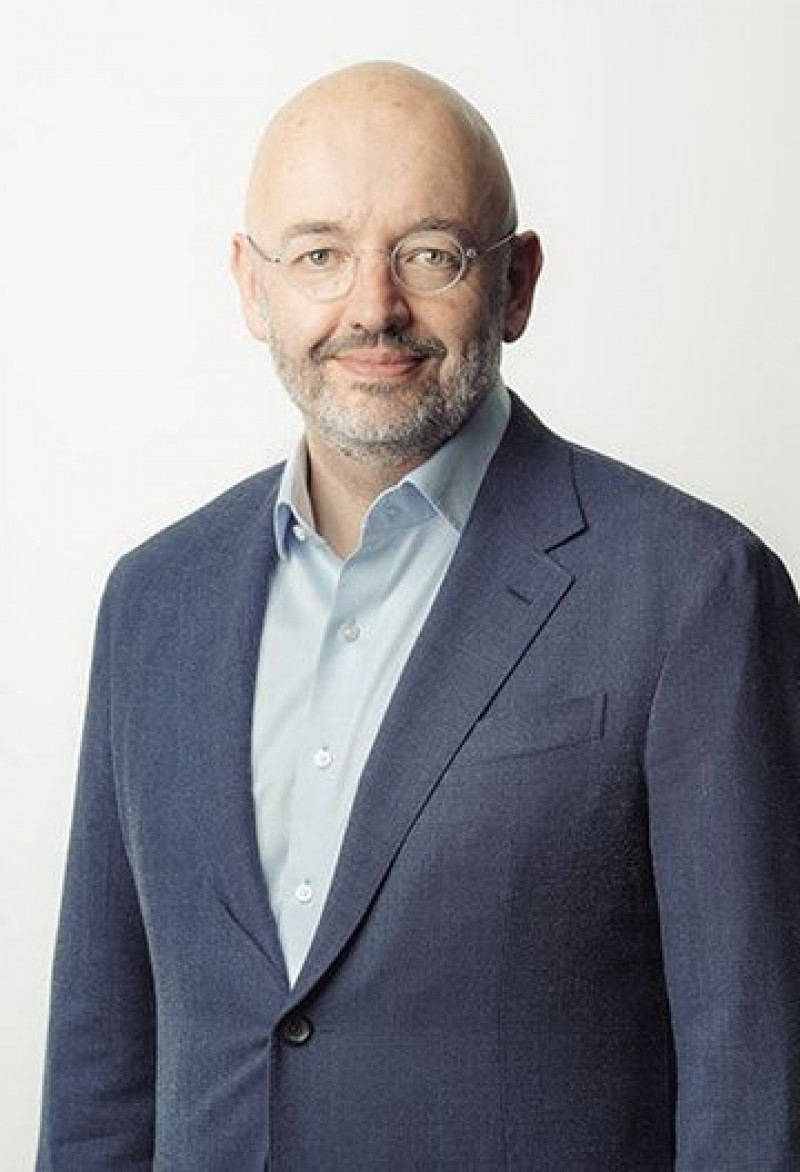-
Singapore
Copyright © 2025 Powered by BCI Media Group Pty Ltd
Confirm Submission
Are you sure want to adding all Products to your Library?
Contact Detail

Originally published on March 30, 2020
Over the past 50 years, the population of Singapore has almost tripled. In roughly the same time, Singapore has transformed into a major global economic power. How do you turn a small, island nation into an international business hub – as well as a place that people actually want to live in – when you have very little space and few natural resources?
This was a question that was deliberated by Singapore’s forward-thinking government as long ago as the mid-1960s, when plans were first drawn up to transform the city-state into a “Garden City” that would also attract international investment. Whereas many urban planners seem to be perpetually playing catch-up – firefighting as cities expand – Singapore has always seemed one step ahead of the curve.
Great cities don’t happen by accident

While the world is certainly blessed with many beautiful cities, the truly great ones that function in complete harmony with the needs of their inhabitants don’t happen by accident. Peter Bakker, president and CEO of the World Business Council for Sustainable Development (WBCSD), argues that the very best among them tend to have great buildings and transport systems at their heart.
“If you get those right, and if you really think of a city as a holistic platform for solutions, then that’s probably the best way towards sustainable growth,” he says.
When Bakker thinks of a great city, Singapore comes to mind. “It’s a place where the integration of the urban infrastructure and nature is really well done,” he says. “Where in a pretty scarce resource environment, solutions for water and energy are still being produced at the highest of qualities.”
Borrowing from next door
In Singapore, thought goes into everything. The conundrum of how the city can maintain its green credentials when it has little spare space for solar panels and wind power turbines is currently being addressed by looking into new partnerships in neighboring Malaysia and Indonesia, where environmentally friendly energy solutions could be built and power piped in.
Water – equally scarce – is readily available in Singapore thanks to a similarly innovative approach. The International Water Association (IWA) notes that by using high-grade reclaimed water (known as NEWater) and desalinated water – both safe to drink – Singapore is “turning isolation into opportunity.”
Singapore certainly makes the most of what it has. And when it takes something away, it is quick to settle the debt. If acreage is lost to a new building, gardens spring up on its roof or the walls.
A great example of this marriage between greenery and a thriving and growing urban landscape is the multi-tenant business park ALICE@Mediapolis. Completed in 2018, the building features sky terraces on the third, sixth and ninth floors and solar paneling on the roof. Green tenancy requirements mean that all tenants within the park are expected to contribute to sustainability efforts.
Quality of life
Across Singapore, there are parks linked by walkways, millions of trees, and inhabitants who enjoy the best quality of life in the whole of Asia, according to a 2019 study conducted by consulting firm Mercer. Most encouraging of all, perhaps: the powers that be know their work is never done.
Talking about the city state’s limited resources, Minister for the Environment and Water Resources Masagos Zulkifli told the press in early 2020 that: “We need to adopt a circular economy approach.” He added that the goal was to “turn trash into treasure by reusing and recycling Singapore’s resources endlessly.”
As they embark on this exciting new chapter, the world will be watching. Singapore is, after all, a template for how a modern city should be run.
The interview with Peter Bakker was conducted in December 2019 before COVID-19 was declared a pandemic by the World Health Organization.



